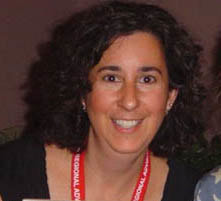 We may think nothing of travelling to the other side of the world, but things were much different two centuries ago. Only adventurers and explorers ventured to faraway places. That changed when three important breakthroughs occurred. In 1869 the First Transcontinental Railroad was completed in America. It enabled people and goods to travel easily. In 1870, the Indian railways were linked, increasing trade and travel opportunities. And the Suez Canal opened in 1869 allowing ships to sail from the Red Sea to the Mediterranean Sea. These three leaps forward made it possible for someone to travel around the world. The idea was exciting. Jules Verne was one of the many people imagining such a trip. He wrote a bestseller in 1873 about a man who bet his friends that he could travel around the world in eighty days. “I will bet twenty thousand pounds against anyone who wishes that I will make the tour of the world in eighty days or less,” says Phileas Fogg at the beginning of Jules Verne’s adventure novel Around the World in Eighty Days. In those days, making the trip in eighty days or less was almost impossible. The only way people traveled during that time was by ship, train or carriage. And there were always delays. Stunt reporter, Nellie Bly, also wondered if it could be done. Although women faced the challenges of not readily being able to travel alone, they also felt the lure of adventure. Nellie pitched the idea to her editor and a year later, he consented to send her. She would not only beat Phileas Fogg’s record, but she would prove that a woman could do it. Nellie began her trip in November 1889 on a ship sailing for England. She carried with her only one bag and one dress-- and no chaperone. Soon all of America was rooting for her. Along the way delays made it seem like it wouldn’t happen. Storms rocked her ship. Weather slowed her down. Could Nellie do it? She was courageous and full of adventure. If anyone could it would be her. She returned to New York on January 25, 1890, in a record 72 days, beating Phileas Fogg. Her journey rivaled the fictitious one Jules Verne had imagined. Nellie Bly had written herself into the history books!
0 Comments
Do you ever feel spaced-out before you take a test? Yes or no, let’s go! 1. TRUE or FALSE? It’s possible for a spacecraft to fly from Earth to Venus, to Mars, back to Earth, then to Saturn, out to Pluto, back to Jupiter, and come home to Earth on one tank of fuel. 2. It’s possible for a spacecraft to fly all over the solar system on one tank of fuel because of: a. the sling-shot effect b. gravity assist c. swing-by d. all of the above e. none of the above The sling-shot effect, also known as a swing-by or gravity assist, is used to accelerate a spacecraft. Acceleration means to change the speed and/or the direction of a moving body. A spacecraft that is speeding up, slowing down, or following a curved path is accelerating. Gravity accelerates objects everywhere in the Universe. When you ride your bike up a hill it takes a lot of effort to make it to the top because the Earth is massive compared to you, and gravity pulls you toward its center. When you coast down the other side, gravity is your friend! Spacecraft can use the gravity of a planet to accelerate. Picture a spacecraft falling toward a planet. The spacecraft will crash unless it steers away. 3. As a spacecraft accelerates toward a planet, the motion of the planet is also affected by the gravity exerted by: a. the spacecraft b. the Sun c. cosmic rays d. both (a) and (b) e. both (b) and (c) f. all of the above g. none of the above All bodies in space, no matter how big or small, exert gravity on each other. Planets stay in orbit around the sun because of gravity. A planet is also affected by the tiny mass of a spacecraft. Gravity assist was used to increase the speed of Voyager 1 by 36,000 mph on its swing by Jupiter, which sling shot it to Saturn. And Jupiter slowed down infinitesimally, at a rate of 12 inches per one trillion years. 4. The person who discovered the math for using gravity assist to accelerate a spacecraft from planet to planet to planet…was: a. Aristotle (384 B.C. to 322 B.C) b. Galileo (1564-1642) c. Sir Isaac Newton (1643-1727) d. Katherine Johnson (1918- ) e. Michael Minovitch (1936- ) END OF TEST! DON’T STOP WORKING. START TALKING. ASK QUESTIONS. GO TO THE LIBRARY TO FIND THE ANSWERS. In this drawing a spacecraft gets an assist from Jupiter as it "slingshots" toward Saturn. Image courtesy of NASA/JPL Voyager 1 and Voyager 2 used gravity assist to fly by the outer planets. Image courtesy of NASA The twin Voyagers have no people on board on their interstellar journey, but carry The Golden Record, which contains messages, music, and pictures from Earth. Image courtesy of NASA/Alexandra Siy In case you didn't make it to the library: In 1961, UCLA graduate student Michael Minovitch used math and the new IBM 7090-7094 computers to invent gravity assist trajectories for space flight. Used with permission of Michael Minovitch 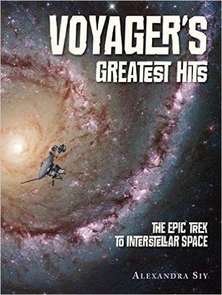 Alexandra Siy's Voyager's Greatest Hits tells the story of the twin space probes that traveled to Jupiter, Saturn, Uranus, and Neptune, a journey beyond our solar system into interstellar space, where no probe has ventured before. Siy tells the fascinating story of how the Voyager probes work, where the probes have been and what they’ve seen, and what they carry on board. Alexandra Siy is also a member of Authors on Call. You can bring her to your classroom via interactive videoconferencing and learn more from her and ask her questions. To find out more go here. MLA 8 Citation
Siy, Alexandra. "Spaced Out." Nonfiction Minute, iNK Think Tank, 2 May 2018, www.nonfictionminute.org/the-nonfiction-minute/Spaced-Out. 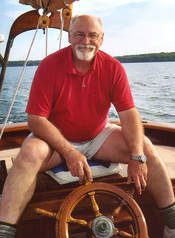
Where am I? This was a cruel question for sailors before John Harrison.
In 1707 a fleet of British warships mistook their location and sailed onto the rocky Scilly Islands. Two thousand men drowned. The Royal Navy offered a prize of £20,000 (3 to 4 million dollars in today’s money) for anyone who could provide a way for ships to find their position. North and south latitude wasn’t the problem. Tables gave the positions of the sun, moon and stars above or below the equator. Navigators could use a sextant (it measures angles between the ocean horizon and a celestial body) to find a ship’s position north or south. But the only way of knowing your position on the spinning earth, east or west, is to know what time it is, within seconds, at the Royal Observatory at Greenwich, England—0° longitude. Sailors needed a seagoing clock! Clocks in the 1700’s were slow or fast by several minutes a week. Not good enough. And they measured seconds with a pendulum, which wouldn’t work on a rocking, rolling ship. John Harrison was a fine carpenter who became fascinated by accurate timekeeping. He built big clocks for houses, barns and churches. Bit by bit he made them more accurate. He set out to win the longitude prize. He invented ways for a clock to compensate for temperature, so they wouldn’t run slower when it got warmer. He invented a nearly frictionless escapement (the mechanism that “counts” the tick-tocks with the clock’s hands). He overcame the pendulum problem with pivoted “dumbells” that rocked back and forth with springs. Harrison worked for five years to construct the large and beautiful Sea Clock #1. In 1736 Harrison and his clock took a trip on HMS Centurion to Lisbon, Portugal, and back. Harrison was terribly seasick. His clock was not. It was a great success. But the Royal Navy wouldn’t award the prize. It dithered for the next 37 years. Harrison worked on, making his sea clocks smaller and more accurate. In 1761 he sent his son William on a trial run with Sea Watch #1 to Jamaica and back. The smaller clock worked beautifully. The Navy kept dithering. Not until Harrison was 80 years old was part of the prize awarded to him. He died three years later but he knew that he had changed the world, solving one of our most important, most perplexing problems: where are we? 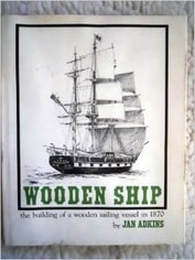
An important part of Jan Adkins' considerable output is books of non-fiction for young people, his special audience. He also writes humor and feature articles for several magazines. He has illustrated most of his books and contributes illustrations to dozens of mainstream magazines, especially on marine and technical subjects. Have a look at his Wooden Ship: The Building of a Wooden Sailing Vessel in 1870, a chronicle of a fictional whale ship describing and illustrating the details of her building from design to launching.
Jan Adkins is a member of iNK's Authors on Call and is available for classroom programs through Field Trip Zoom, a terrific technology that requires only a computer, wifi, and a webcam. Click here to find out more.
MLA 8 Citation
Adkins, Jan. "Tick Tock: A Carpenter Solves an Ocean Riddle." Nonfiction Minute, iNK Think Tank, 19 Mar. 2018, www.nonfictionminute.org/ the-nonfiction-minute/Tick-Tock-A-Carpenter-Solves-an-Ocean-Riddle. 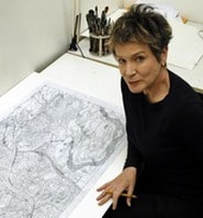 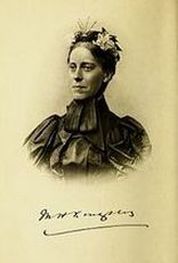 “It is at these times you realize the blessing of a good, thick skirt,” said Mary Kingsley after she crashed into a cleverly concealed leopard pit lined with twelve-inch ivory spikes. The year was 1895, the place Equatorial West Africa, and the spunky lady saved, thanks to her observance to the dress code of the day, was a young Englishwoman collecting species of fish and beetles for the British Museum. Mary Kingsley was the daughter of a physician who spent most of his time traveling. Although she received no formal education (reserved for her brother Charles), Mary learned to read, becoming fascinated with subjects such as science, exploration and piracy. At one point she was granted permission to teach herself German, but only after she could iron a shirt properly. Mary learned chemistry, experimented with gunpowder and electricity, and became engrossed by the intricacies of plumbing. After years of caring for her invalid mother, in 1892 both her parents died. With the small inheritance left to her came the fulfillment of a dream: to explore West Africa. When Mary crashed into the leopard pit, she was traveling in what was then the French Congo, getting to know the Fangs, reportedly a tribe of cannibals. Traveling by canoe, she was once marooned in a crocodile-infested lagoon. When one tried to climb aboard, she was there with a paddle, ready to “fetch him a clip on the snout.” After two trips, she wrote a book called Travels in West Africa. She became a sought-after lecturer and celebrity. In public appearances she was both funny and serious, peppering her narrative with jokes, often at her own expense, but also being critical of the way the British had steamrolled into the African continent, with little regard for its ancient cultures. In 1900 she sailed to Africa for the third time, responding to an urgent call for nurses in South Africa, where war was underway. Assigned to a hospital where hundreds of soldiers were dying from a raging epidemic, she became ill herself, and died two months later. She was buried at sea with military honor. In her book, she remembers: “Indeed, much as I have enjoyed life in Africa, I do not think I ever enjoyed it to the full as I did when dropping down the Rembwe… Ah me! Give me a West African river and a canoe for sheer pleasure.” 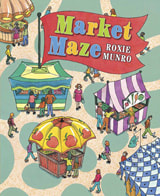 Rave reviews for Roxie Munro's book Market Maze: "A great way to introduce kids to their foods' origins and to prepare them for a greenmarket visit of their own." Kirkus (Starred review!) excerpt. "From a parent’s or teacher’s point of view, here’s a good way for kids to gain the visual discrimination skills needed for reading, while they learn about the sources of food at their local farmers’ markets. For kids, though, the combination of mazes and hidden objects is just plain fun. It’s a winning combination." Booklist review excerpt. Roxie Munro is a member of iNK's Authors on Call so you can meet her face-to-race through interactive videoconferencing. Learn more about her programs here. MLA 8 Citation
Munro, Roxie. "Mary Kingsley." Nonfiction Minute, iNK Think Tank, 15 Mar. 2018, www.nonfictionminute.org/the-nonfiction-minute/Mary-Kingsley. |
*NEWS
|
For Vicki Cobb's BLOG (nonfiction book reviews, info on education, more), click here: Vicki's Blog
The NCSS-CBC Notable Social Studies Committee is pleased to inform you
that 30 People Who Changed the World has been selected for Notable Social Studies Trade Books for Young People 2018, a cooperative project of the National Council for the Social Studies (NCSS) & the Children’s Book Council
Categories
All
Abolitionists
Adams Janus
Adaptation
Adaptations
Adkins Jan
Advertising
Aerodynamics
Africa
African American History
African Americans
Africa West
Agriculture
Aircraft
Air Pilots
Air Pressure
Air Travel
Albee Sarah
Alchemy
Alligators
Allusion
American History
American Icons
Amphibians
Amundsen Roald
Anatomy
Ancient
Ancient Cultures
Anderson Marian 1897-1993
Animal Behavior
Animal Experimentation
Animal Intelligence
Animals
Animation
Antarctica
Ants
Apache Indians
Apes
April Fool's Day
Architecture
Argument
Arithmetic
Art
Art Deco
Artists
Arts
Asia
Astronauts
Astronomy
Athletes
Atomic Theory
Audubon Societies
Authors
Autobiography
Automobiles
Aviation
Awards
Bacteria
Baseball
Battuta Ibn
Bears
Beatles
Beavers
Bees
Biodegradation
Biography
Biology
Biomes
Biomimicry
Biplanes
Birds
Black Death
Black History
Blindness
Blizzards
Bombs
Bonaparte Napoleon
Boone Daniel
Botany
Brazil
Bridges
Brill Marlene Targ
Brooklyn Bridge
Brown John
Buffaloes
Building Materials
Butterflies
Caesar
Caesar Julius
Caissons
Calculus
Calendars
Cannibal
Capitals
Caravaggio
Carbon Dioxide
Carnivores
Carson Mary Kay
Cartoons & Comics
Carving (Decorative Arts)
Cascade Range
Castaldo Nancy
Castles
Castrovilla Selene
Cathedrals
Cats
Caves
Celts
Cemeteries
Chemistry
Children's Authors
Child Welfare
China
Choctaw Indians
Christmas
Chronometers
Cicadas
Cinco De Mayo
Ciphers
Circle
Citizenship
Civil Rights
Civil Rights Movements
Civil War
Civil War - US
Climate
Climate Change
Clocks And Watches
Clouds
Cobb Vicki
COBOL (Computer Language)
Code And Cipher Stories
Collard III Sneed B.
Collectors And Collecting
Color
Commerce
Communication
Competition
Compilers
Composers
Computers
Congressional Gold Medal
Consitution
Contests
Contraltos
Coolidge Calvin
Cooling
Corms
Corn
Counterfeiters
Covid-19
Crocodiles
Cryptography
Culture
Darwin Charles
Declaration Of Independence
Decomposition
Decompression Sickness
Deep-sea Animals
Deer
De Medici Catherine
Design
Detectives
Dickens Charles
Disasters
Discrimination
Diseases
Disney Walt
DNA
Dogs
Dollar
Dolphins
Douglass Frederick 1818-1895
Droughts
Dr. Suess
Dunphy Madeleine
Ear
Earth
Earthquakes
Ecology
Economics
Ecosystem
Edison Thomas A
Education
Egypt
Eiffel-gustave-18321923
Eiffel-tower
Einstein-albert
Elephants
Elk
Emancipationproclamation
Endangered Species
Endangered-species
Energy
Engineering
England
Englishlanguage-arts
Entomology
Environmental-protection
Environmental-science
Equinox
Erie-canal
Etymology
Europe
European-history
Evolution
Experiments
Explorers
Explosions
Exports
Extinction
Extinction-biology
Eye
Fairs
Fawkes-guy
Federalgovernment
Film
Fires
Fishes
Flight
Floods
Flowers
Flute
Food
Food-chains
Foodpreservation
Foodsupply
Food-supply
Football
Forceandenergy
Force-and-energy
Forensicscienceandmedicine
Forensic Science And Medicine
Fossils
Foundlings
France
Francoprussian-war
Freedom
Freedomofspeech
French-revolution
Friction
Frogs
Frontier
Frontier-and-pioneer-life
Frozenfoods
Fugitiveslaves
Fultonrobert
Galapagos-islands
Galleys
Gametheory
Gaudi-antoni-18521926
Gender
Generals
Genes
Genetics
Geography
Geology
Geometry
Geysers
Ghosts
Giraffe
Glaciers
Glaucoma
Gliders-aeronautics
Global-warming
Gods-goddesses
Gold-mines-and-mining
Government
Grant-ulysses-s
Grasshoppers
Gravity
Great-britain
Great-depression
Greece
Greek-letters
Greenberg Jan
Hair
Halloween
Handel-george-frederic
Harness Cheryl
Harrison-john-16931776
Health-wellness
Hearing
Hearing-aids
Hearst-william-randolph
Henry-iv-king-of-england
Herbivores
Hip Hop
History
History-19th-century
History-france
History-world
Hitler-adolph
Hoaxes
Holidays
Hollihan Kerrie Logan
Homestead-law
Hopper-grace
Horses
Hot Air Balloons
Hot-air-balloons
Housing
Huguenots
Human Body
Hurricanes
Ice
Icebergs
Illustration
Imagery
Imhotep
Imperialism
Indian-code-talkers
Indonesia
Industrialization
Industrial-revolution
Inquisition
Insects
Insulation
Intelligence
Interstatecommerce
Interviewing
Inventions
Inventors
Irrational-numbers
Irrigation
Islands
Jacksonandrew
Jazz
Jeffersonthomas
Jefferson-thomas
Jemisonmae
Jenkins-steve
Jet-stream
Johnsonlyndonb
Jokes
Journalism
Keeling-charles-d
Kennedyjohnf
Kenya
Kidnapping
Kingmartinlutherjr19291968
Kingmartinlutherjr19291968d6528702d6
Kings-and-rulers
Kings Queens
Kings-queens
Koala
Labor
Labor Policy
Lafayette Marie Joseph Paul Yves Roch Gilbert Du Motier Marquis De 17571834
Landscapes
Languages-and-culture
Law-enforcement
Layfayette
Levers
Levinson Cynthia
Lewis And Clark Expedition (1804-1806)
Lewis Edmonia
Liberty
Lift (Aerodynamics)
Light
Lindbergh Charles
Liszt Franz
Literary Devices
Literature
Lizards
Longitude
Louis XIV King Of France
Lumber
Lunar Calendar
Lynching
Macaws
Madison-dolley
Madison-james
Madison-james
Mammals
Maneta-norman
Maneta-norman
Marathon-greece
Marine-biology
Marine-biology
Marines
Marsupials
Martial-arts
Marx-trish
Mass
Massachusetts-maritime-academy
Mass-media
Mastodons
Mathematics
May-day
Mcclafferty-carla-killough
Mcclafferty-carla-killough
Mckinley-william
Measurement
Mechanics
Media-literacy
Media-literacy
Medicine
Memoir
Memorial-day
Metaphor
Meteorology
Mexico
Mickey-mouse
Microscopy
Middle-west
Migration
Military
Miners
Mississippi
Molasses
Monarchy
Monsters
Montgomery
Montgomery-bus-boycott-19551956
Montgomery-heather-l
Monuments
Moon
Moran-thomas
Morsecode
Morsesamuel
Moss-marissa
Moss-marissa
Motion
Motion-pictures
Mummies
Munro-roxie
Munro-roxie
Musclestrength
Museums
Music
Muslims
Mythologygreek
Nanofibers
Nanotechnology
Nathan-amy
Nathan-amy
Nationalfootballleague
Nationalparksandreserves
Nativeamericans
Native-americans
Native-americans
Naturalhistory
Naturalists
Nature
Nauticalcharts
Nauticalinstruments
Navajoindians
Navigation
Navy
Ncaafootball
Nervoussystem
Newdeal19331939
Newman-aline
Newman-aline
Newton-isaac
New-york-city
Nobelprizewinners
Nomads
Nonfictionnarrative
Nutrition
Nylon
Nymphs-insects
Oaths Of Office
Occupations
Ocean
Ocean-liners
Olympics
Omnivores
Optics
Origami
Origin
Orphans
Ottomanempire
Painters
Painting
Paleontology
Pandemic
Paper-airplanes
Parksrosa19132005
Parrots
Passiveresistance
Patent Dorothy Hinshaw
Peerreview
Penguins
Persistence
Personalnarrative
Personification
Pets
Photography
Physics
Pi
Pigeons
Pilots
Pinkertonallan
Pirates
Plague
Plains
Plainsindians
Planets
Plantbreeding
Plants
Plastics
Poaching
Poetry
Poisons
Poland
Police
Political-parties
Pollen
Pollution
Polo-marco
Populism
Portraits
Predation
Predators
Presidentialmedaloffreedom
Presidents
Prey
Prey-predators
Prey-predators
Prime-meridian
Pringle Laurence
Prohibition
Proteins
Protestandsocialmovements
Protestants
Protestsongs
Punishment
Pyramids
Questioning
Radio
Railroad
Rainforests
Rappaport-doreen
Ratio
Reading
Realism
Recipes
Recycling
Refrigerators
Reich-susanna
Religion
Renaissance
Reproduction
Reptiles
Reservoirs
Rheumatoidarthritis
Rhythm-and-blues-music
Rice
Rivers
Roaringtwenties
Roosevelteleanor
Rooseveltfranklind
Roosevelt-franklin-d
Roosevelt-theodore
Running
Russia
Safety
Sanitation
Schwartz David M
Science
Scientificmethod
Scientists
Scottrobert
Sculpture
Sculpturegardens
Sea-level
Seals
Seals-animals
Secretariesofstate
Secretservice
Seeds
Segregation
Segregationineducation
Sensessensation
September11terroristattacks2001
Seuss
Sextant
Shackletonernest
Shawneeindians
Ships
Shortstories
Silkworms
Simple-machines
Singers
Siy Alexandra
Slavery
Smuggling
Snakes
Socialchange
Social-change
Socialjustice
Social-justice
Socialstudies
Social-studies
Social-studies
Sodhouses
Solarsystem
Sound
Southeast-asia
Soybean
Space Travelers
Spain
Speech
Speed
Spiders
Spies
Spiritualssongs
Sports
Sports-history
Sports-science
Spring
Squirrels
Statue-of-liberty
STEM
Storms
Strategy
Sugar
Sumatra
Summer
Superbowl
Surgery
Survival
Swanson-jennifer
Swinburne Stephen R.
Synthetic-drugs
Taiwan
Tardigrada
Tasmania
Tasmanian Devil
Tasmanian-devil
Technology
Tecumsehshawneechief
Telegraph-wireless
Temperature
Tennis
Terrorism
Thomas Peggy
Thompson Laurie Ann
Time
Titanic
Tombs
Tortoises
Towle Sarah
Transcontinental-flights
Transportation
Travel
Trees
Trung Sisters Rebellion
Tundra
Turnips
Turtles
Typhoons
Underground Railroad
Us-environmental-protection-agency
Us History
Us-history
Ushistoryrevolution
Us History Revolution
Us-history-war-of-1812
Us Presidents
Ussupremecourtlandmarkcases
Vacations
Vaccines
Vangoghvincent
Vegetables
Venom
Vietnam
Viruses
Visual-literacy
Volcanoes
Voting-rghts
War
Warne-kate
Warren Andrea
Washington-dc
Washington George
Water
Water-currents
Wax-figures
Weapons
Weather
Weatherford Carole Boston
Whiting Jim
Wildfires
Winds
Windsor-castle
Wolves
Woman In History
Women
Women Airforce Service Pilots
Women-airforce-service-pilots
Womeninhistory
Women In History
Women-in-science
Women's History
Womens-roles-through-history
Wonder
Woodson-carter-godwin-18751950
World-war-i
World War Ii
World-war-ii
Wright Brothers
Writing
Writing-skills
Wwi
Xrays
Yellowstone-national-park
Zaunders Bo
ArchivesMarch 2021
February 2021
January 2021
December 2020
November 2020
October 2020
September 2020
June 2020
May 2020
April 2020
March 2020
February 2020
January 2020
December 2019
October 2019
September 2019
August 2019
July 2019
May 2019
April 2019
March 2019
February 2019
January 2019
December 2018
November 2018
September 2018
June 2018
May 2018
April 2018
March 2018
February 2018
January 2018
December 2017
November 2017
October 2017
September 2017
March 2017
The NONFICTION MINUTE, Authors on Call, and. the iNK Books & Media Store are divisions of iNK THINK TANK INC.
a 501 (c) (3) nonprofit corporation. To return to the iNK Think Tank landing page click the icon or the link below. :
http://inkthinktank.org/
For more information or support, contact thoughts@inkthinktank.org
For Privacy Policy, go to
Privacy Policy
© COPYRIGHT the Nonfiction Minute 2020.
ALL RIGHTS RESERVED.
This site uses cookies to personalize your experience, analyze site usage, and offer tailored promotions. www.youronlinechoices.eu
Remind me later
Archives
March 2023
February 2023
January 2023
December 2022
November 2022
October 2022
September 2022
June 2022
May 2022
April 2022
March 2022
February 2022
January 2022
December 2021
November 2021
September 2021
April 2021
March 2021
February 2021
November 2020
October 2020
September 2020
June 2020
May 2020
April 2020
March 2020
February 2020
January 2020
October 2019
August 2019
July 2019
May 2019
April 2019
December 2018
September 2018
June 2018
May 2018
March 2018
February 2018
January 2018
December 2017
November 2017
October 2017
September 2017

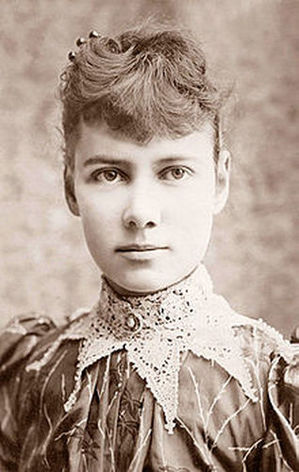
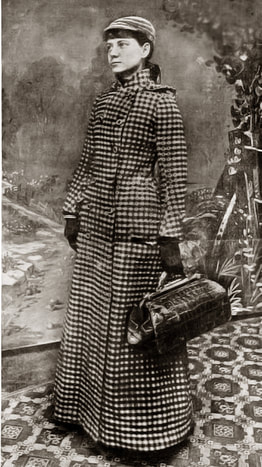
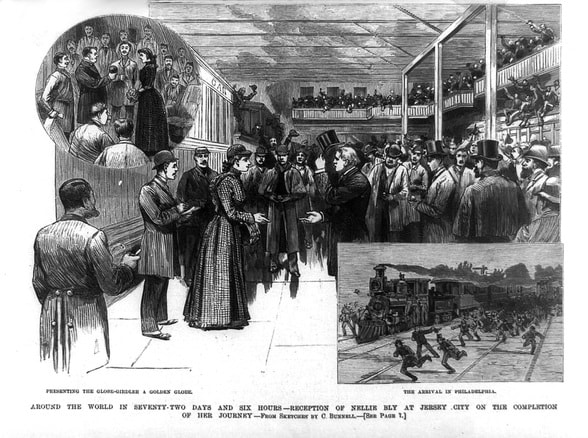


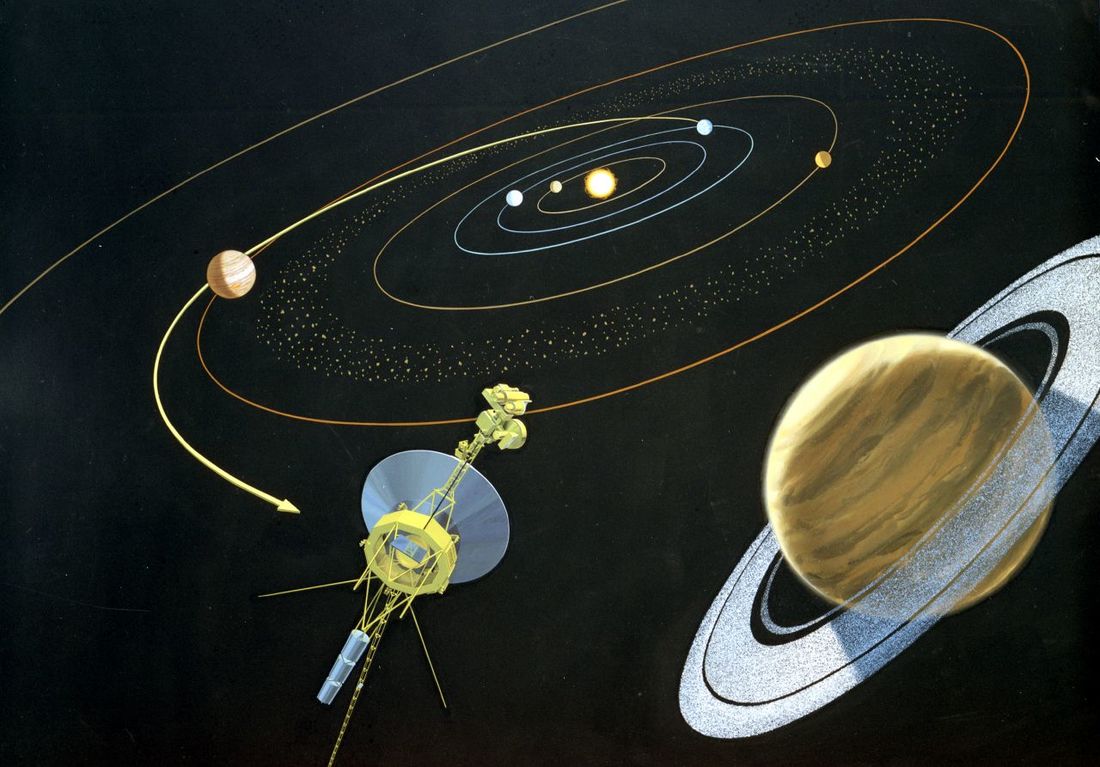
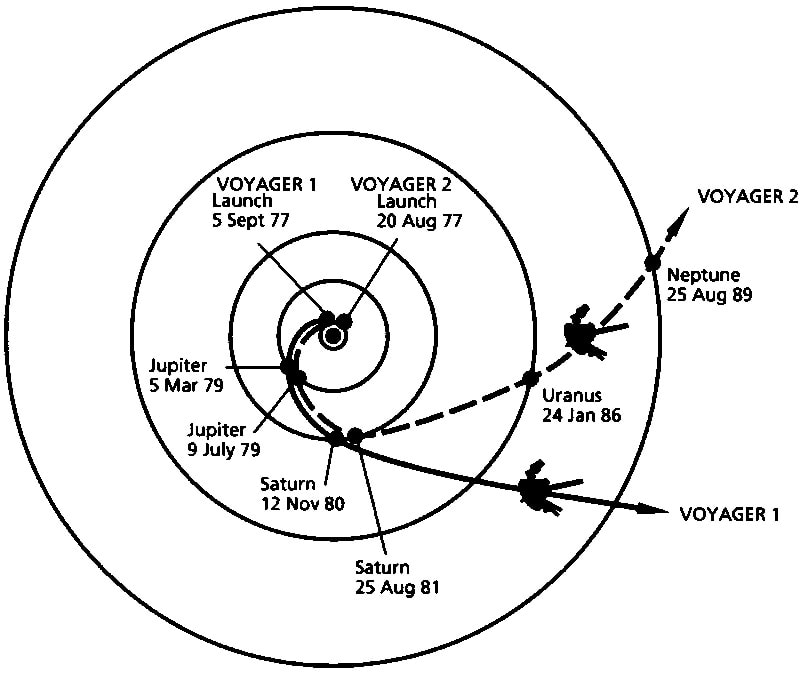

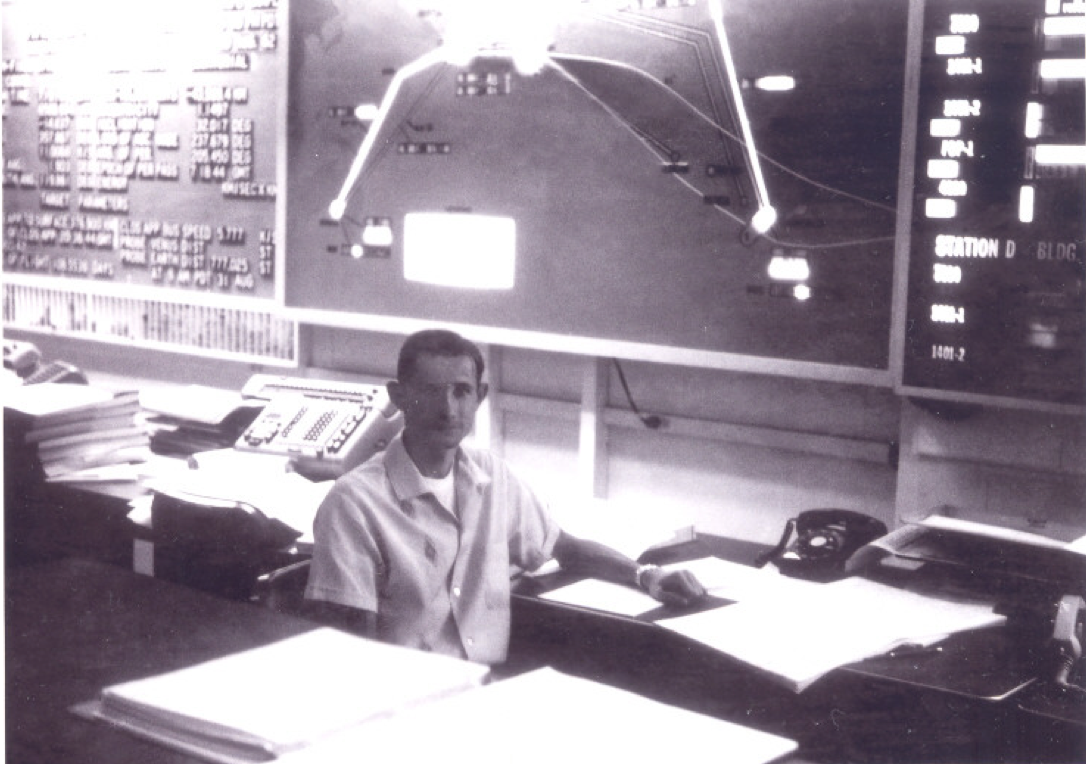


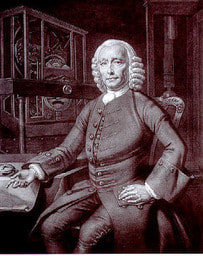
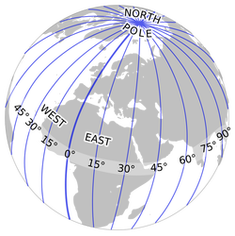
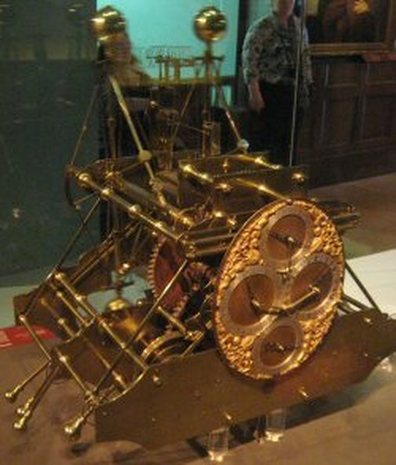


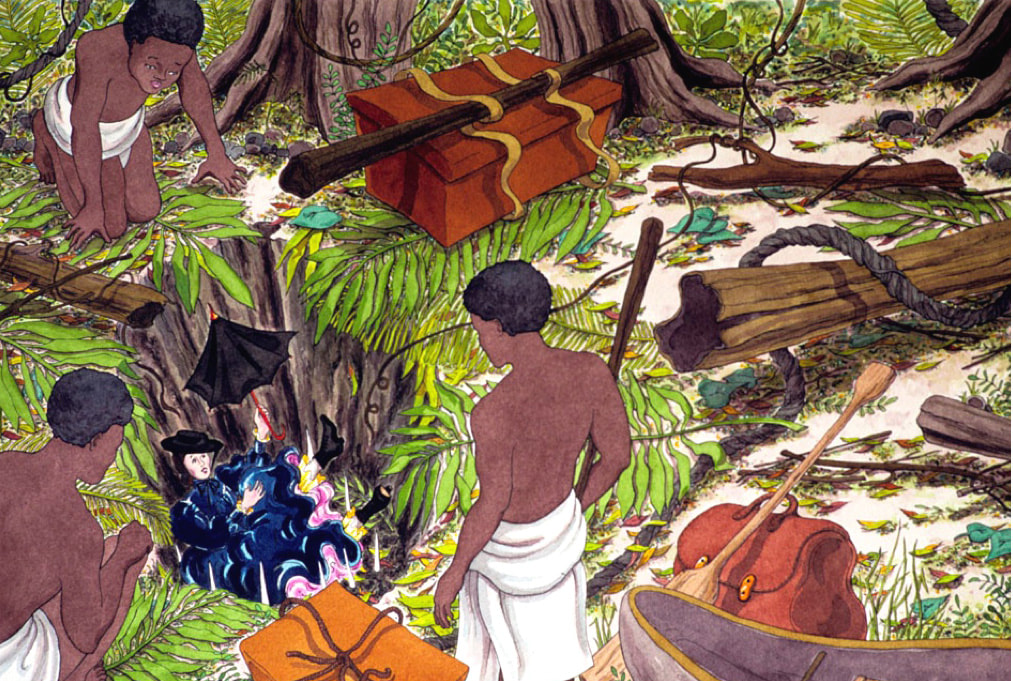
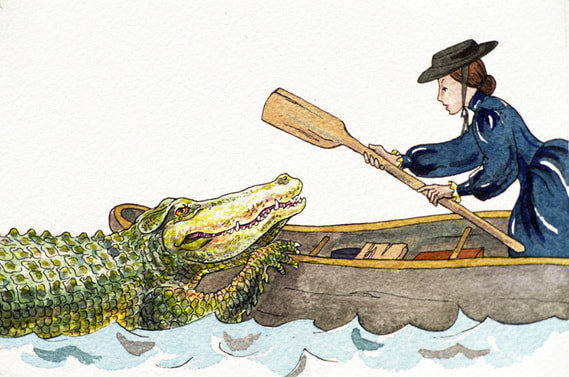
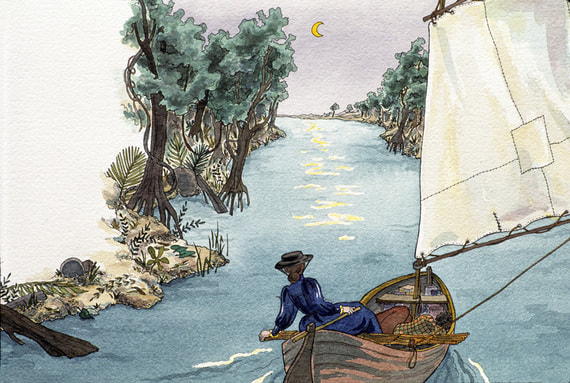

 RSS Feed
RSS Feed
